What to Plant in Gravel
edlincoln
11 years ago
Related Stories
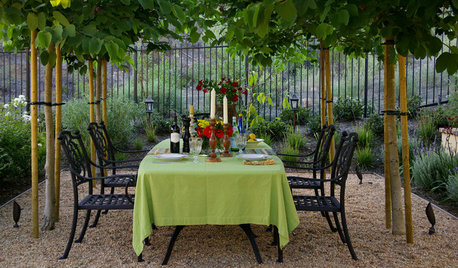
LANDSCAPE DESIGNEnjoy the Romance of Dining in a Classic Gravel Garden
Here’s what to consider when it comes to installing, styling and maintaining a DIY-friendly gravel patio
Full Story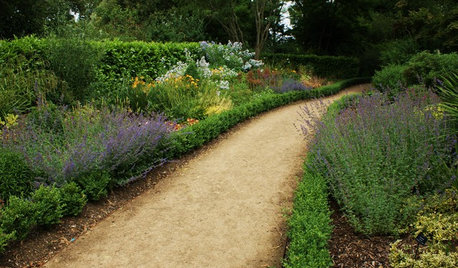
LANDSCAPE DESIGN5 Gravel and Stone Types for a Rockin' Landscape
Give your garden design some textural bam with pebbles, granite, river rocks and other permeable materials
Full Story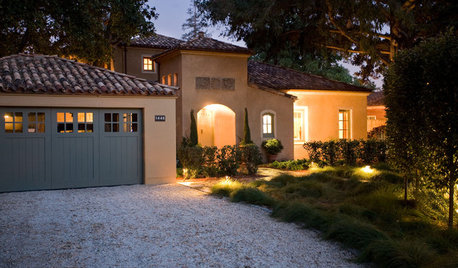
REMODELING GUIDESGravel Driveways: Crunching the Pros and Cons
If you want to play rough with your driveway, put away the pavers and choose the rocky road
Full Story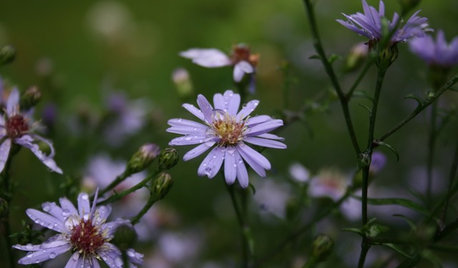
FLOWERS6 Overlooked Asters for Tough Spots
Whether your garden has baking sun or dry dense shade, boggy soil or sandy gravel, there's an aster for that
Full Story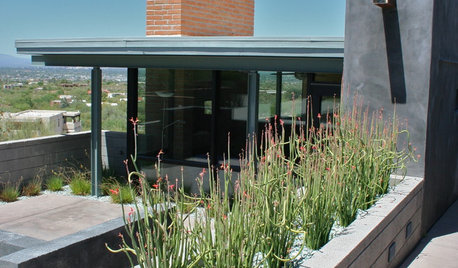
GARDENING GUIDESGreat Design Plant: Slipper Plant
Unthirsty succulent looks great all year and offers an unexpected surprise in fall
Full Story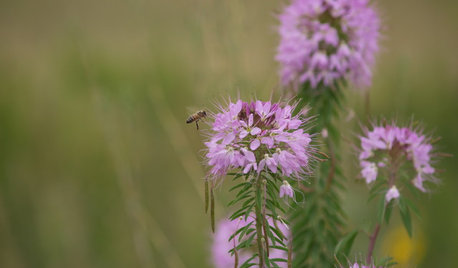
GARDENING GUIDESGreat Design Plant: Cleome Serrulata
Beckon bees and other pollinators in for a drink of nectar from this western U.S. native’s late-summer flowers
Full Story
GARDENING GUIDES6 Native Ground Covers for Tough, Dry Spots
Sun beating down on your sandy gravel? Thick shade darkening your clay soil? There’s a ground cover here for you
Full Story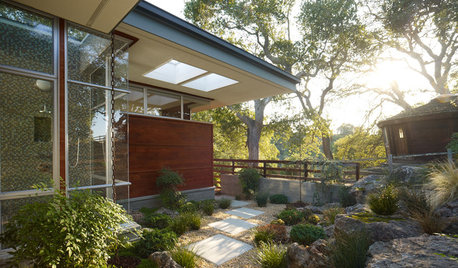
LANDSCAPE DESIGNSoak It Up: How to Manage Stormwater in Your Landscape
Permeable paving, gravel beds and planted areas in your yard can absorb and cleanse stormwater runoff. Here's how it works
Full Story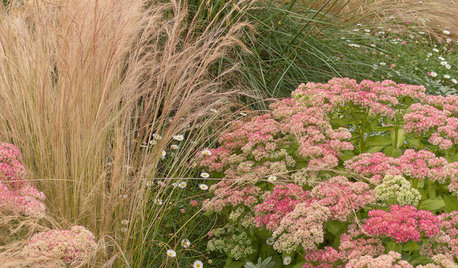
GARDENING GUIDESGreat Garden Combo: 3 Soft-Looking Plants for a Dry Climate
Weave a romantic tapestry with this drought-tolerant combination of plants as tough as they are lovely
Full Story
CONTAINER GARDENSSolve Your Garden Border Dilemmas With Planted Pots
Set your containers free from the patio — placed among plantings in the ground, they fill unsightly gaps, let you experiment and more
Full Story







tree_oracle
NHBabs z4b-5a NH
Related Professionals
Allen Landscape Architects & Landscape Designers · Maple Valley Landscape Architects & Landscape Designers · Deer Park Landscape Architects & Landscape Designers · Havre de Grace Landscape Architects & Landscape Designers · Hilo Landscape Contractors · Holland Landscape Contractors · Mastic Beach Landscape Contractors · Vancouver Landscape Contractors · West Coon Rapids Landscape Contractors · Selma Landscape Contractors · Austin Decks, Patios & Outdoor Enclosures · Columbia Decks, Patios & Outdoor Enclosures · Fresno Decks, Patios & Outdoor Enclosures · Markham Decks, Patios & Outdoor Enclosures · Mastic Decks, Patios & Outdoor EnclosuresedlincolnOriginal Author
NHBabs z4b-5a NH
bill_ri_z6b
NHBabs z4b-5a NH
timbz6
tree_oracle
bill_ri_z6b
timbz6
bill_ri_z6b
petalique
edlincolnOriginal Author